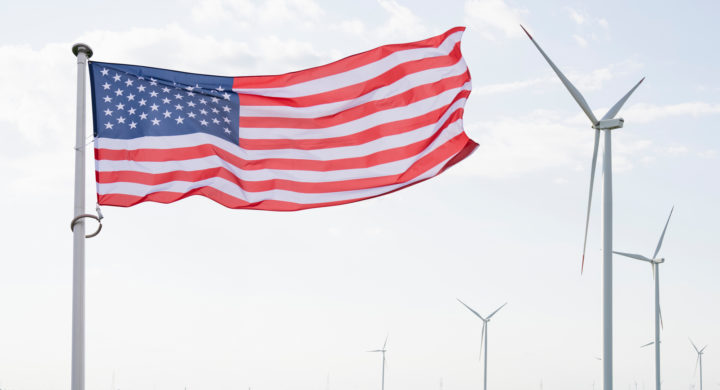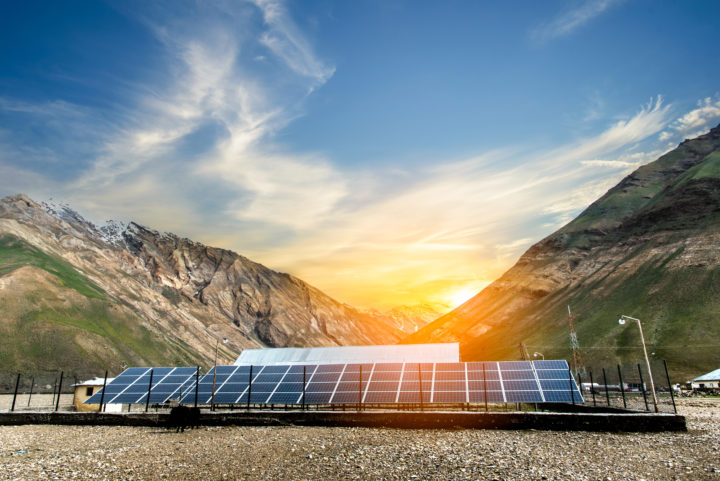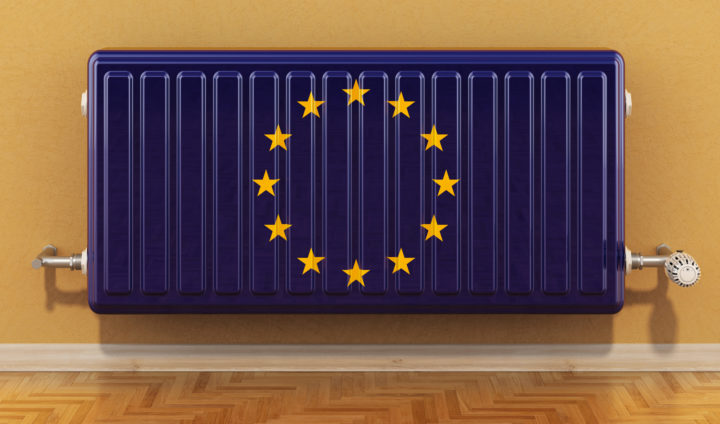Big four: global momentum
How the ‘Big Four’ emitters – China, US, India and the EU – could play their part in bending the global emissions curve to point downwards.
Last updated:
2024 is set to be a truly significant year for climate change. Global temperatures are likely to hit another new high, breaking records yet again, and possibly becoming the first year to clock in at 1.5°C above pre-industrial levels. But 2024 could also be the year that global emissions finally start to fall.
This report how looks at how the world could start to see emissions fall in 2024, exploring the momentum in each of the Big Four that could make that prospect a reality. In doing so, the report outlines how the race towards solar, wind, electric vehicles and many other net zero technologies is hotting up, driving seismic changes in the global economy.
CHINA
- China’s carbon emissions are expected to fall in 2024. This puts the world’s biggest emitter ahead of its commitment to peak by 2030 and achieve net zero by 2060.
- Half of the world’s low carbon energy investment was made by China: $546 billion.
- Despite fears China is addicted to coal, significant investments in renewables mean the nation is on the cusp of making a switch to clean power.
- China accounts for half of global renewable power capacity.
- There are plans for a third of power to be generated by renewables by 2025.
- China has the world’s largest market for EVs, accounting for 58% of sales in 2022. EVs now hold two thirds of the market share in China, projected to be 90% by 2030.
- With a 60% global market share, China is a leading manufacturer of low-carbon technologies, including EVs, batteries and solar PV.
- Forest cover doubled in 40 years, gaining two million hectares, with China planting more trees than the rest of the world combined.
- China published a plan to tackle methane emissions in a sign it was moving closer to commitments made by other major economies at recent COPs and in their emissions pledges.
- Continued diplomacy with the US on climate, even as other topics remained problematic
between the two, led to greater action and commitments.

THE UNITED STATES
- President Joe Biden committed to halve 2005 emissions by 2030. Some predictions suggest emissions will be 35-41% lower in 2030, than 2005, but analysis showing the impact of IRA investments could put the US on track to meet its Nationally Determined Contribution (NDC) target of 50-52% cuts by 2030.
- IRA was passed in 2022 which, along with two other acts passed around the same time, committed nearly half a trillion dollars to speed the clean energy transition.
- 60% of IRA-funded projects are in Republican-led and traditionally more ‘climate sceptic’ states, with Texas the biggest producer of renewable energy in the country.
- Clean energy investment hit a record $64 billion in the third quarter of 2023, up 42% on the same period in 2022.
- The full impact of IRA will only be seen after 2024 when new projects come online.
- Sales of electric vehicles passed 300,000 in the second quarter of 2023, up 50% on the same period a year earlier. With IRA, EVs could represent 65% of new sales by 2030.
- Governors pledged to install 20 million more heat pumps by 2030.

INDIA
- India plans to increase renewable capacity from 42.5% in 2023 to a 68.4% share of electricity by 2032, through the government’s National Electricity Plan (NEP).
- The NEP also commits to a halt in new coal for at least five years.
- The government said it will add 50GW of renewable energy capacity annually for the next five years. This will help achieve its target of 500GW of capacity for generating electricity from non-fossil fuel sources by 2030.
- The Bidding Trajectory for Renewable Energy invites bids from industry to drive up India’s renewable capacity. In 2023, it invited 15GW in the first and second quarters and 10GW in the third and fourth.
- Total renewable energy capacity was 168.96GW at the end of February 2023.
- India launched its Green Hydrogen Mission, with $2.3 billion of funds allocated, to make the nation a global hub for the production, use and export of green hydrogen. And to avoid 50 million metric tonnes (MMT) of fossil fuel emissions a year.
- India plans to manufacture 100GW of solar panels a year by 2026 and become a major exporter of solar power.
- India aims for 30% of car sales to be EVs by 2030. In 2022, over half of three-wheeler sales were electric. A government incentive scheme has attracted EV manufacturing investments worth $8.3 billion.
- Since India announced its target for net zero by 2070 at COP26, detail on how they will deliver this now includes a plan to deploy 500GW of non-fossil fuel electricity capacity, source 50% of energy from renewables, and slash emissions by one billion tonnes by 2030. India also recently confirmed it has already cut the emissions intensity of its GDP by a third and reached 40% cumulative installed power capacity from non-fossil fuels, well ahead of the 2030 deadline for both.
- India is encouraging citizens to adopt sustainable lifestyles as part of its rapid development plan.

THE EUROPEAN UNION
- Following Russia’s invasion of Ukraine and a gas price surge, natural gas demand in the EU fell by 55 billion cubic metres (bcm), or 13%, in 2022; its steepest drop in history.
- 57 GW of renewables, mostly wind and solar, was installed in 2022, generating a fifth of electricity in the EU and overtaking both gas and coal.
- There was a 13% rise in solar power generation in the first half of 2023.
- Energy efficiency measures in buildings reduced gas demand by 3.5 billion cubic metres (bcm) in 2022.
- 2.8 million heat pumps were installed in 2022, with their usage up 39% from 2021.
- The EU introduced the Net Zero Industry Act, to develop net zero technologies within the bloc and compete with America’s IRA. The technologies – such as solar, wind, battery storage and heat pumps – will make a significant contribution to the EU’s decarbonisation.
- Amid the drive to get off Russian gas, a binding renewable energy target was upped from 40% to 42.5% of power needs by 2030 (with ambition to reach 45%).
- The deployment of solar has been so successful, Solar Power Europe predicts the EU will achieve its goal three years early, with 23 out of 27 EU countries reaching solar installation targets in 2027, instead of 2030.
- European Climate Law mandates a 55% reduction in emissions by 2030 and net zero by 2050. But the bloc is anticipating overshooting the 55% target in 2030.
- EU and its member states pledged over half of the initial funding for the new Loss and Damage Fund at COP28: almost $440m (around €400m).

